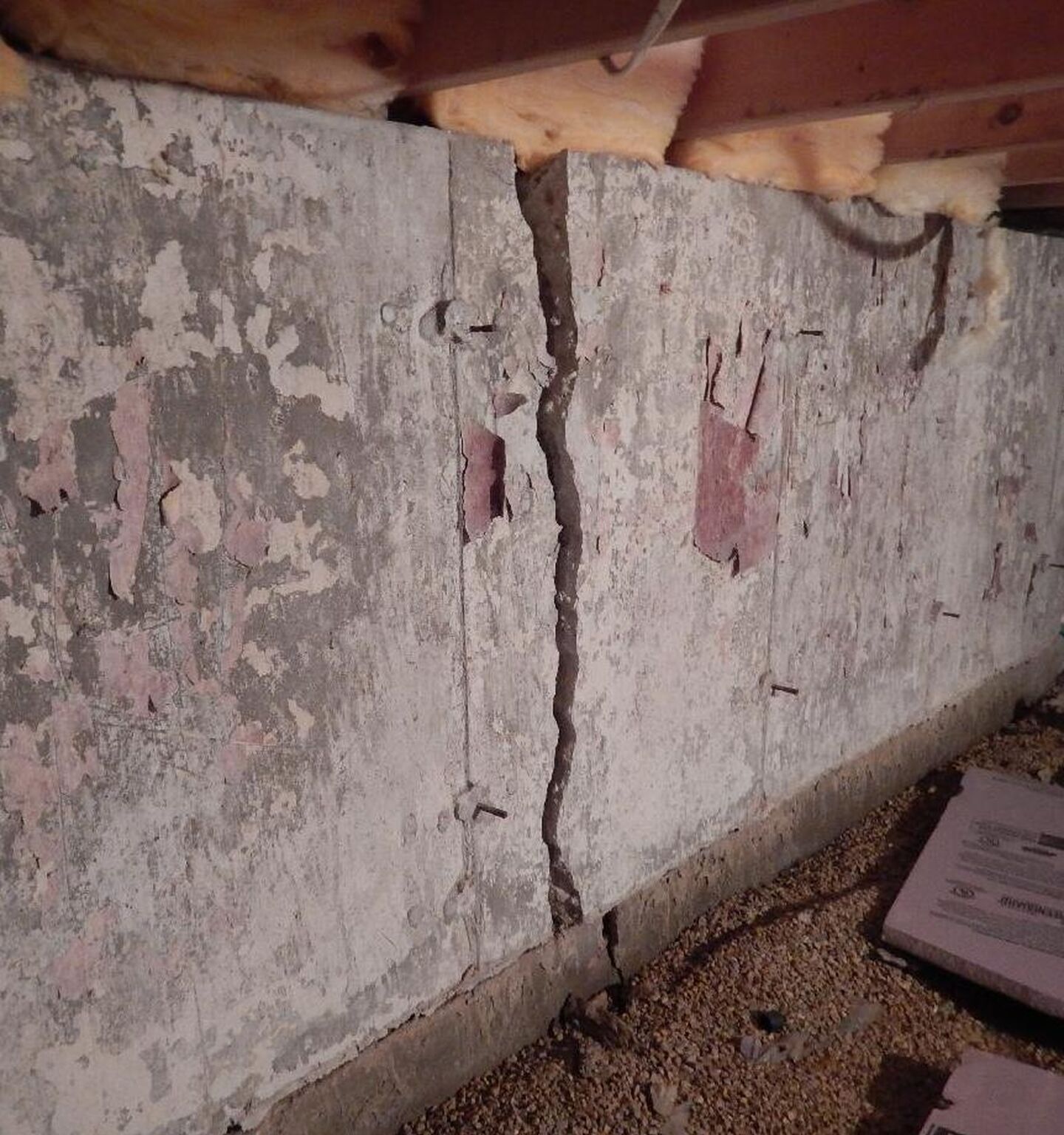What Causes Foundations To Move?

When your house foundation moves, it can cause everything from below ground seepage problems to cracks in the rooms above. That’s why foundation movement should not be ignored. The causes should be identified and addressed early, along with treating the symptoms. If this isn’t done, the movement can continue and the symptoms increase to the point where major, costly reconstruction will be necessary.
So what causes foundations to move? Beyond singular events like earthquakes and construction mishaps, there are generally 3 major reasons – 1) the quality of the foundations’ structure, 2) the amount of water underneath or next to them, and 3) the types or condition of soil surrounding them. Let’s examine each reason and discuss what can be done to address them.
The 3 Reasons Causing Foundations To Move
Construction
For the past 200+ years area builders have used a variety of materials to create our homes’ foundations. The ones that are still standing today are made of brick, block (cinder, concrete, terra cotta), stone and porous poured concrete. Except for the improvements made to poured concrete over the years that has stopped it from being so porous, all the others materials continue to present structural issues. This is because the non-poured foundations have mortar joints and are little more than masonry jigsaw puzzles. Mortar joint foundations are made up of individual components like puzzle pieces that can move independently when enough pressure is exerted on them by the ground moving around them. Once pressure is great enough to crack the mortar joints additional movement can easily occur. To properly and permanently make any cracked foundation walls monolithic and stable again typically requires structural enhancements like steel braces, carbon fiber and/or piers installed by qualified professionals with specialized knowledge and extensive experience.
Water
Another factor that contributes to foundations moving in, down or up is too much water. Our neighborhoods typically get saturated by rains and melting snow throughout the year. When the clay soil surrounding foundations gets oversaturated it swells; causing enough pressure to push foundation walls in. If the saturation goes deep enough, the dirt beneath shallow foundations (e.g. crawl spaces, garden apartments, garages and daylight basements) turns to mud. Foundations drop when resting on mud. And when oversaturated ground freezes, the expanding columns of crystallized water that form are powerful enough to heave foundation walls upward.
Not enough water also causes movement. When there is too little water because of extreme dryness and/or mature vegetation sucking the moisture out of the earth, the ground cracks and the weight of the home compresses these cracks, causing foundations to drop.
Being in an area of the Midwest that regularly experiences extreme temperatures and moisture, even rigid poured foundations aren’t immune to the resulting ground movement. This is why waterproofing foundations in our area requires flexible fixes like elastomeric membranes and polyurethane based repairs that can continue to provide a seal even in the face of our dirt swelling, sinking, heaving and cracking. It is also why foundation stabilization requires engineered methods that address these challenges by reestablishing the walls structural integrity and/or anchoring them to supportive stratum layers deep below the saturation.
Soil
This reason is equally as substantial as the first two because many of our neighborhoods originally started out as swampy soil, and some were actually part of Lake Michigan. In the late 1800s the Great Chicago Fire forced the city to find a place to dispose of the construction debris from that event. Much of it ended up in Lake Michigan. Today half of the neighborhood known as the Gold Coast and all of North Avenue Beach were once part of Lake Michigan before the fire.
Eventually cities allowed construction companies to build on top of filled in wetlands. The problem with building on landfill is its inherent problems are hidden, and often the fill is not sufficiently compressed leaving voids that encourage soil settlement. Building a city park on top of landfill isn’t a big deal because the land needs to only support the grass, walking paths and occasional pedestrians or bikers who pass through the park. However, when homes and apartments are built on landfill, their weight compresses the ground causing ongoing settlement issues.
Other homes that aren’t built on landfill are likely surrounded by unstable sand or expansive clay soil. Both of these soils present their own problems. Sand is famous for not being a good support for foundations. Clay is referred to as expansive soil because its minerals considerably swell when they absorb water and significantly shrink when they dry.
Understanding the multitude of contributing factors when diagnosing foundation problems and designing effective solutions takes seasoned professionals who have worked with the various types of foundations and know how they are affected by water and soil. U.S. Waterproofing was founded almost 60 years ago and has worked with hundreds of thousands of Midwest foundations. That’s why it makes sense to give us a call when you’re looking for a foundation repair estimate.




